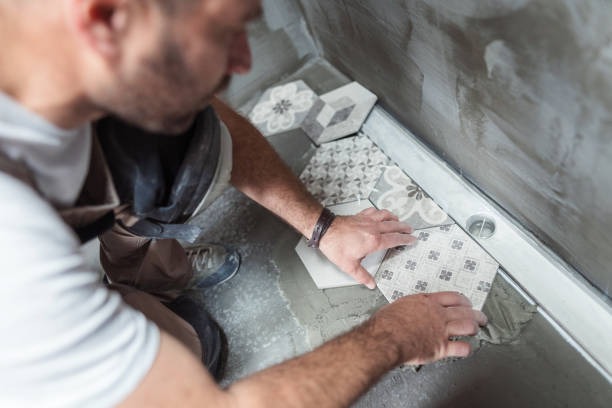Pest infestations can be a nightmare for homeowners and businesses alike. Not only do they cause damage to structures, but they can also pose health risks to occupants. Traditional pest control methods often involve the use of harmful chemicals that not only harm the environment but also endanger human health. However, there is a better way to manage pest problems without compromising safety and sustainability – sustainable pest management.
Sustainable pest management is an approach that focuses on finding long-term solutions for controlling pests while minimizing the impact on the environment and human health. Unlike traditional methods, which rely heavily on toxic pesticides, sustainable pest management uses a combination of techniques that work together to prevent and control pests.
The first step in sustainable pest management is prevention. By addressing potential entry points and eliminating attractants such as food sources or standing water, property owners can significantly reduce or even eliminate the need for pesticides. For example, sealing cracks and gaps in doors and windows can prevent insects from entering a building.
Next comes monitoring and identification. Inspecting regularly for signs of pests helps determine if there is a problem at hand, allowing prompt action before it becomes an infestation. Identifying the specific type https://businesslistingsaus.com.au/5-tips-to-kill-and-prevent-spider-infestation/ of pest also helps in choosing suitable control measures.
One effective method used in sustainable pest management is integrated pest management (IPM). This approach combines biological controls such as natural predators or parasitic wasps with cultural controls like proper waste disposal or altering landscaping to discourage pests. If necessary, targeted pesticide application may be incorporated as well.
Another essential aspect of sustainable pest management is education and communication with stakeholders like homeowners or employees about preventing pests’ arrival through proper practices like sanitation or storing food correctly. Knowledge sharing about identifying pests before they become an issue also plays a significant role in preventing infestations.
But what makes IPM truly beneficial compared to traditional methods? The answer lies in its long-term effectivity – IPM doesn’t merely get rid of current infestations; it aims to prevent future ones as well. As a result, it reduces the need for continual pesticide use, lowering risks to human health and the environment.
Sustainable pest management not only benefits individual properties but also has a positive impact on the community. Using eco-friendly practices help maintain a healthier ecosystem by preserving biodiversity and protecting beneficial insects like bees or ladybugs. It also promotes sustainable agriculture by reducing pesticide use on crops, which can seep into local water sources and harm wildlife.
In conclusion, sustainable pest management is an effective and responsible way of controlling pests while prioritizing safety and sustainability. Through prevention, monitoring, education, and green control methods like IPM, we can protect our homes and businesses without harming ourselves or the environment. By choosing this path towards safe pest control, we are creating a better future for ourselves and generations to come.

